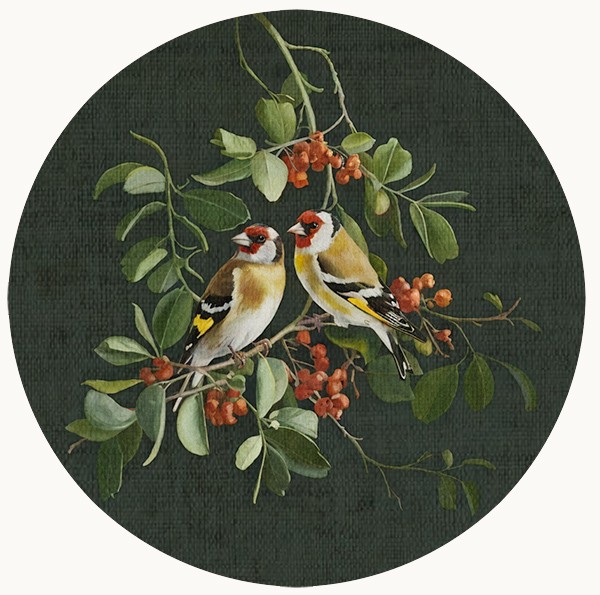

ENTER OUR VIDEOS
RECEIVE OUR WORK
Enter our full collection of
sacred video meditations on YouTube.
Be notified quietly by email of
our reflections and new videos, free of charge.
Blessing the Bread
Our Father, who art in heaven,
hallowed be thy name.
Thy kingdom come.
Thy will be done on earth as it is in heaven.
Give us this day our supersubstantial bread.
And forgive us our debts, as we also forgive our debtors.
And lead us not into temptation.
But deliver us from evil. Amen.
—Matthew 6:9–13 (Douay-Rheims)

a traditional Catholic bread blessing in which a person makes the Sign of the Cross over a loaf before cutting.
In many Catholic homes across Slavic Europe—and not so long ago—the first thing done to a fresh loaf of bread was to bless it with the Sign of the Cross before slicing, part of the wider tradition of household food blessings within folk practice. The knife was held back. The hand would make the Sign of the Cross over the bread. Sometimes silently, sometimes with a whispered prayer. Then, and only then, would the bread be cut. It was one of the simplest and most enduring Christian food blessings.
This gesture, almost vanished now, was once a reflex—a Catholic bread blessing tradition, part of the wider Christian domestic devotion practiced from Hungary to Lithuania, from Polish cottages to Slovak farmhouses, from Romanian villages to Ukrainian towns. It was a way of thanking God, blessing the loaf, and acknowledging something that was never doubted in Christian life: that bread is sacred.
The custom stretches far back. Pope Gregory the Great noted in the 6th century that Italian households “would sign their bread with the cross” before baking or eating. By the Middle Ages, making the Sign of the Cross on bread had become a widespread practice throughout Catholic Europe, Orthodox lands, and later even in some Protestant regions where the old habit endured despite reformers’ objections. Food, unblessed, was considered spiritually unsafe—the cross was protection, gratitude, and invitation. A small act, but one that sanctified the table. In some regions, people believed this act helped protect against illness or misfortune—one of many quiet folk Christian rituals embedded in daily life.
Its symbolism ran deep. Bread was not only food; it was a daily reminder of providence and, in the Christian imagination, a quiet echo of the Eucharist. To mark a loaf with the cross was to recognize that the meal came from God—and that it pointed to something greater. In Polish tradition, dropping bread to the floor was followed by kissing it in apology. In Slovakia, blessing bread with a cross before cutting remains a common gesture, especially in rural areas, linking present families to generations past. In Hungary, a national holiday still features the Blessing of the Bread. In parts of Ukraine and Romania, loaves are marked with the cross on Christmas and Easter. Across time and language, the medieval Christian habit, shared by Catholic and Orthodox alike, remained the same: one simple sign of the cross on bread.
Though the practice has faded in much of Western Europe, it lingers in rural homes and family memories. Some still pause to bless the loaf before cutting on holy days. Others recall how their grandparents would never cut a loaf without it. And among those returning to slower ways—baking, praying, sharing meals—the old sign sometimes reappears, quiet and unannounced. It belongs among the sacred Christian bread customs that once shaped the rhythm of ordinary Catholic life.
It is not a formal rite. It was never required. But for centuries, Christian hands blessed their bread before the knife touched it. A cross traced in the air—giving thanks for the day’s provision, and remembering Him who called Himself the Bread of Life. It is one of the most overlooked yet enduring acts of traditional Christian folk practices.
Let us keep crossing our bread.
Traditional Catholic Custom
–Blessing the Bread with the Sign of the Cross
–Blessing the Bread with the Sign of the Cross

Loaves of rustic medieval bread in a timber hut—evoking the humble home setting
where blessing the bread with the sign of the cross was once a daily devotion.

